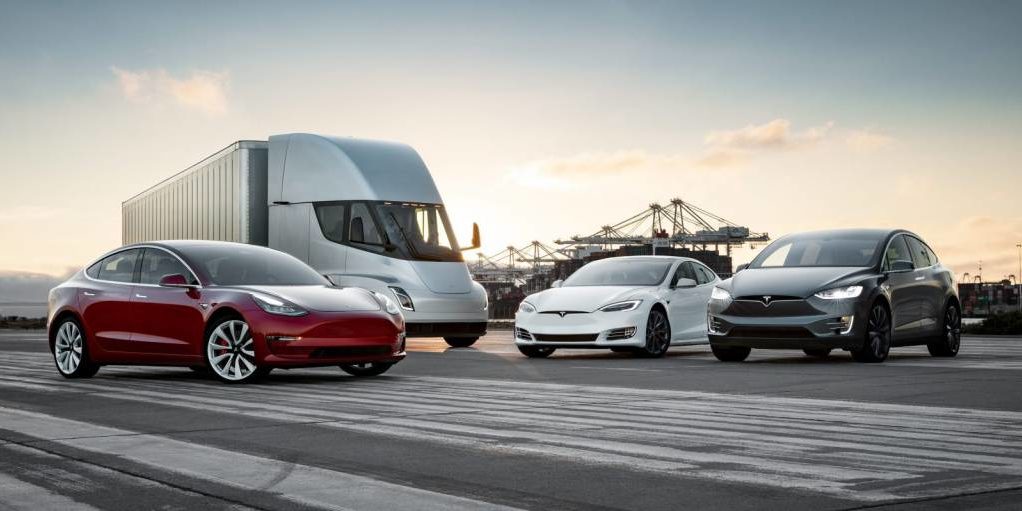Read The Full Article On: Driving
Project cost vacuum mogul half a billion pounds
IT WAS meant to be the British answer to Tesla’s electric vehicles: the Dyson car, from the genius inventor of the eponymous cyclonic vacuum cleaners, hand driers and hair driers, was said to have breakthrough technology that would allow superior range per charge and other innovations to set it apart from the rest. But James Dyson scrapped the project in October last year, claiming it was not commercially viable. Its demise was as shocking as its inception.
Now Dyson, 73, has revealed his doomed vehicle for the first time in an exclusive interview and photo for The Sunday Times Rich List, an annual league table of the wealthiest people in Britain. The 2020 Rich List coincidentally sees Dyson top the table for the first time, with an estimated £16.2bn fortune.
The electric car project began in 2017 when Dyson announced that he would be investing £2bn into developing his own vehicle, with half going into the car itself and half going into battery technology. A launch date of 2020 was stated.
The development car was dubbed N526 internally. The model pictured with Dyson above is the first that ran. “I drove it secretly in a screened-off compound we have here,” he told the paper.
If the Dyson car had made it to production, it would have had the longest range of any electric car on the market, it is claimed: a whopping 600 miles per charge. The long-range Tesla Model S, by comparison, can ‘only’ manage 379 miles, officially. The full range would have been possible “even on a freezing February night, on the naughty side of 70mph on the motorway, with the heater on and the radio at full blast”, according to the article.
Assuming the N526’s lithium ion battery pack behaves like every other electric car’s, the range would have been lessened by a more spirited driving style. Which would have been tempting given the claimed sportscar-like performance figures: the Dyson car’s twin electric motors are said to produce 536bhp and 480 lb ft of torque, allowing for zero to 62mph in 4.8sec — less than half a second off a Tesla Model X long range — despite its big battery pack resulting in a truck-like 2,600kg overall weight. Top speed is a claimed 125mph.
Like the Model X, the N526 seats seven adults, though it’s actually longer and taller than the Tesla: the vast (aluminium) structure measures five metres long, two metres wide and 1.7 metres tall. Wheels claimed to be bigger than any car on the market and a windscreen raked “more steeply than on a Ferrari” contribute to a fairly sporty design. Its similarities to models from Jaguar Land Rover, such as the Range Rover, Velar and I-Pace (Jag’s first pure-electric model) is there for all to see, however.

The “thin and firmly upholstered” seats have rounded headrests, lending them “the look of a lollipop.”,according to writer John Arlidge, who also notes storage bins that “look like pull-out filing cabinets” and driver instrumentation shown purely via head-up display.
The project cost the entrepreneur £500m of his own money, according Rich List 2020, because Dyson is a private company rather than shareholder-owned. For that reason, the decision to pull the plug must have stung. Hard. The article is the first in which James Dyson has expressed just what a personal blow its failure was. “There’s huge sadness and disappointment,” he told the paper. “Ours is a life of risk and of failure. We try things and they fail. Life isn’t easy.”
To read the full reasons for the project’s failure, in Dyson’s own words, and about how the technology developed for the N526 and beyond (including solid-state batteries) might not go to waste, read the full interview in The Sunday Times this weekend or click here to read it at thesundaytimes.co.uk.

